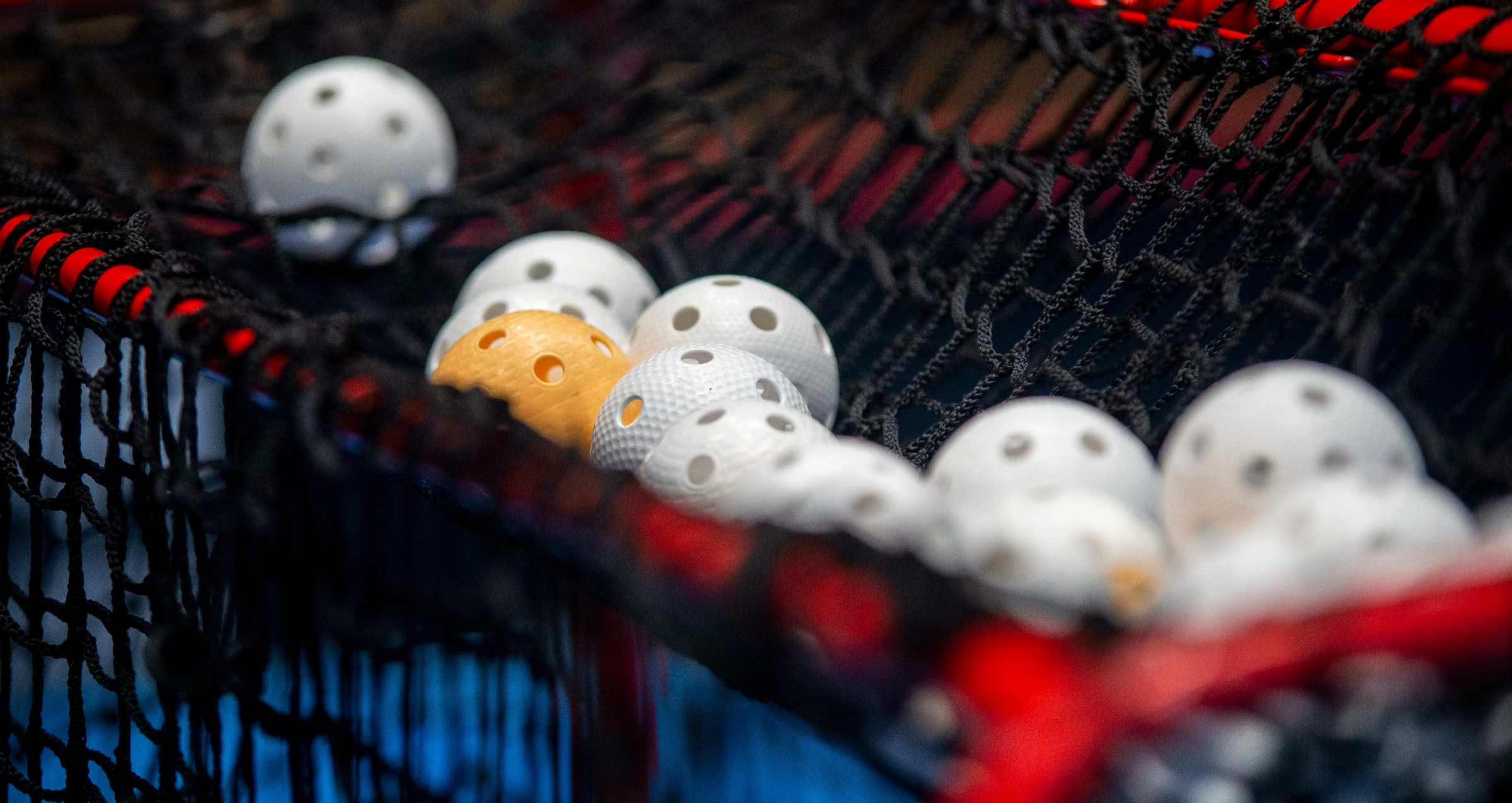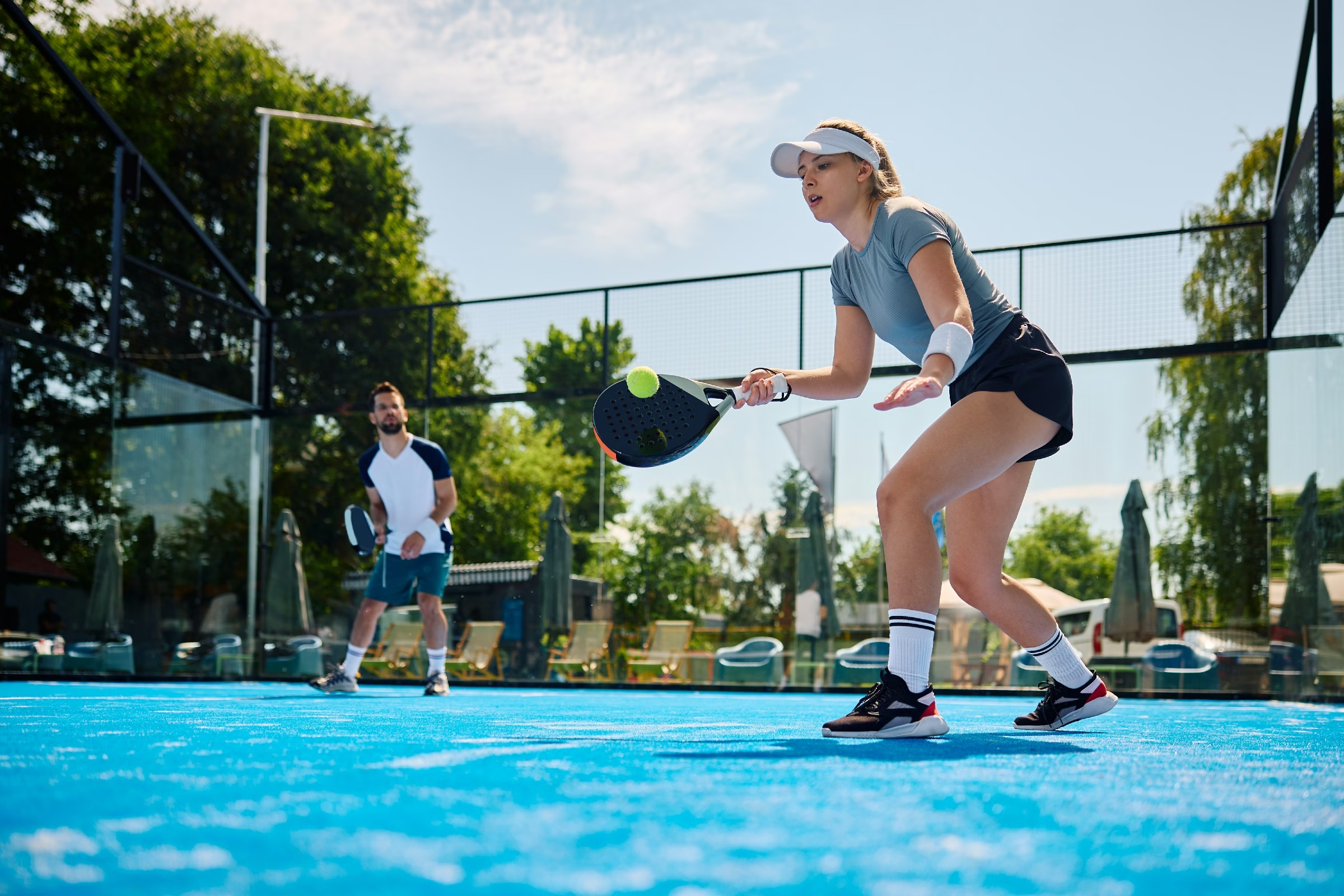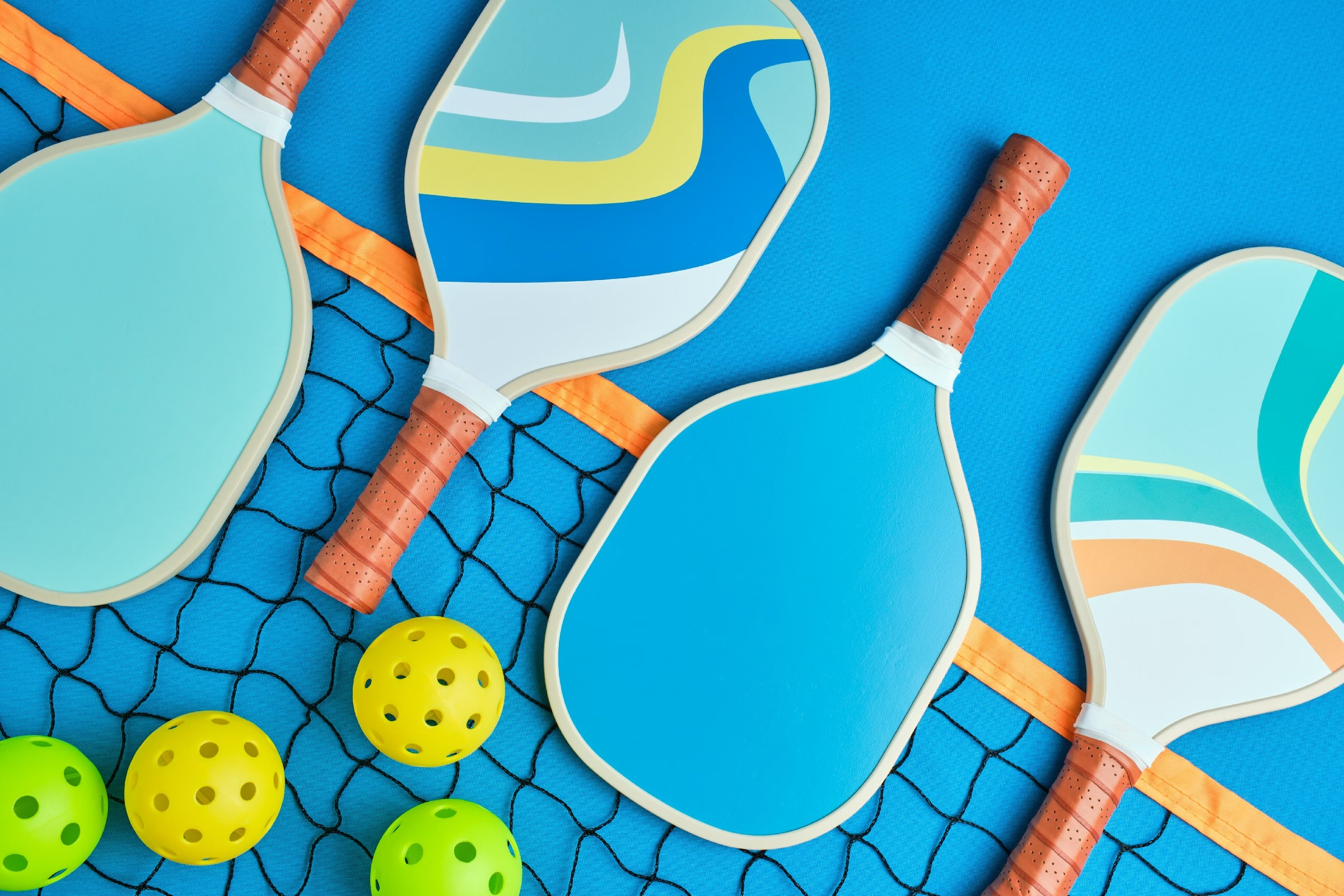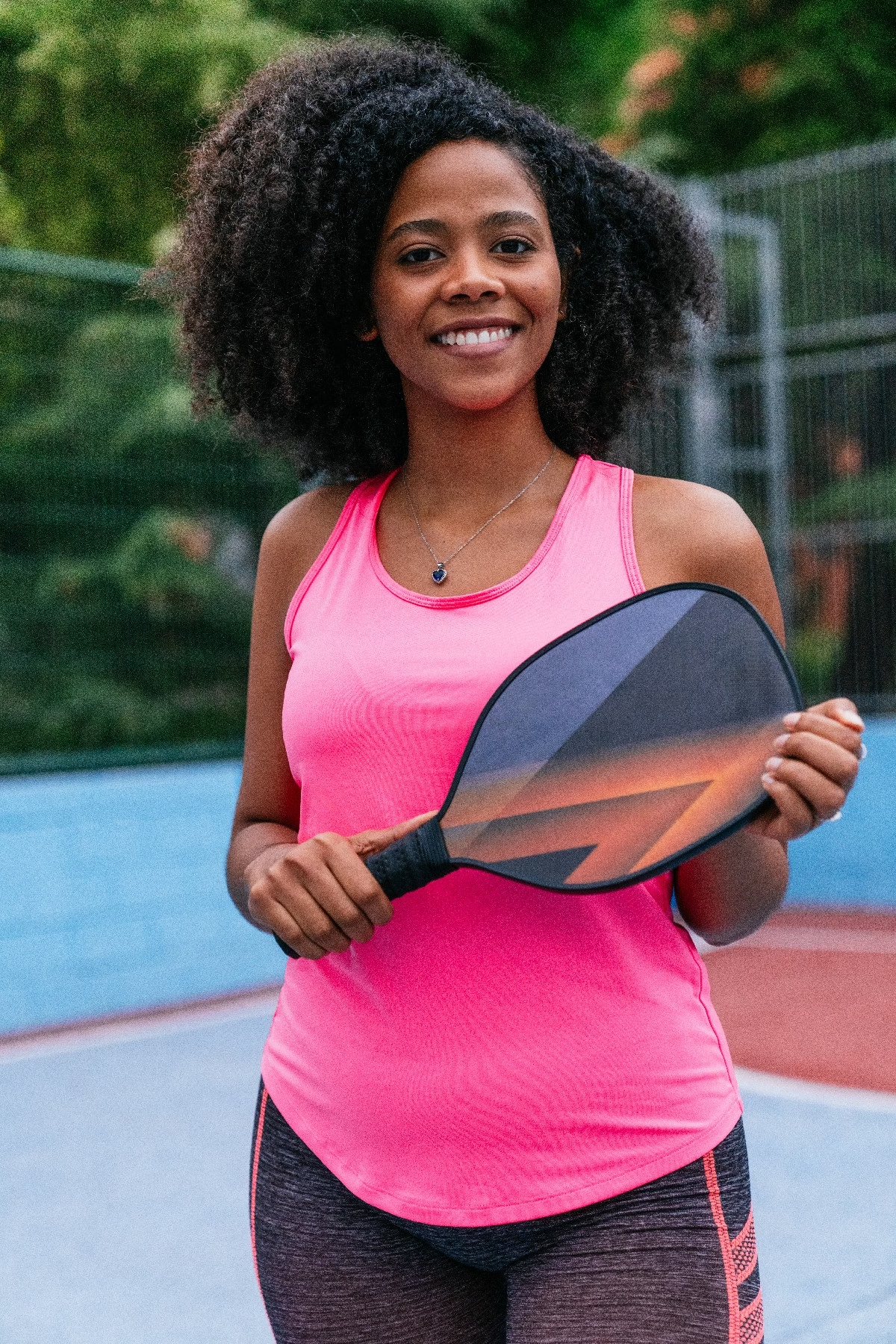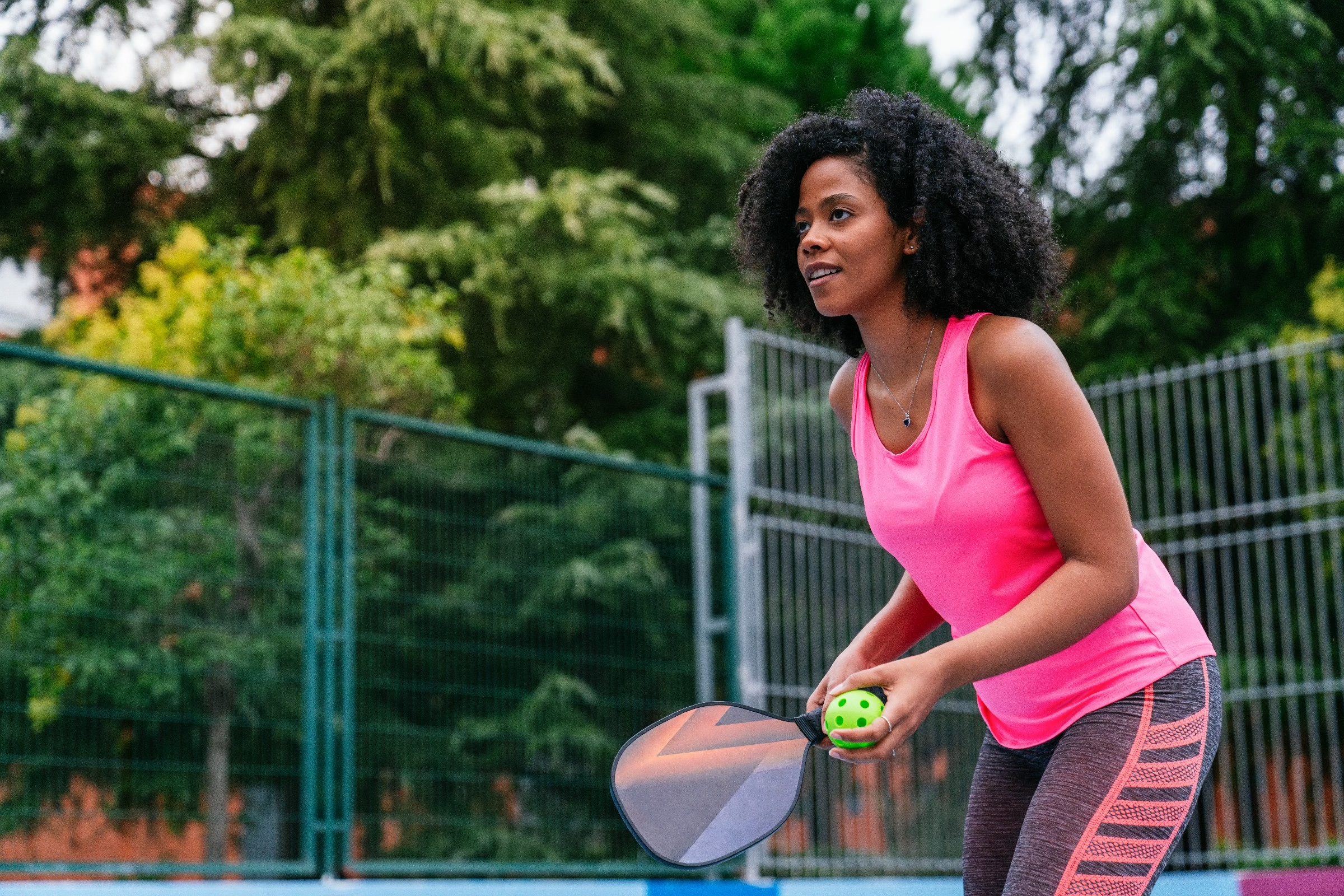Blog
how many sq feet is a pickleball court
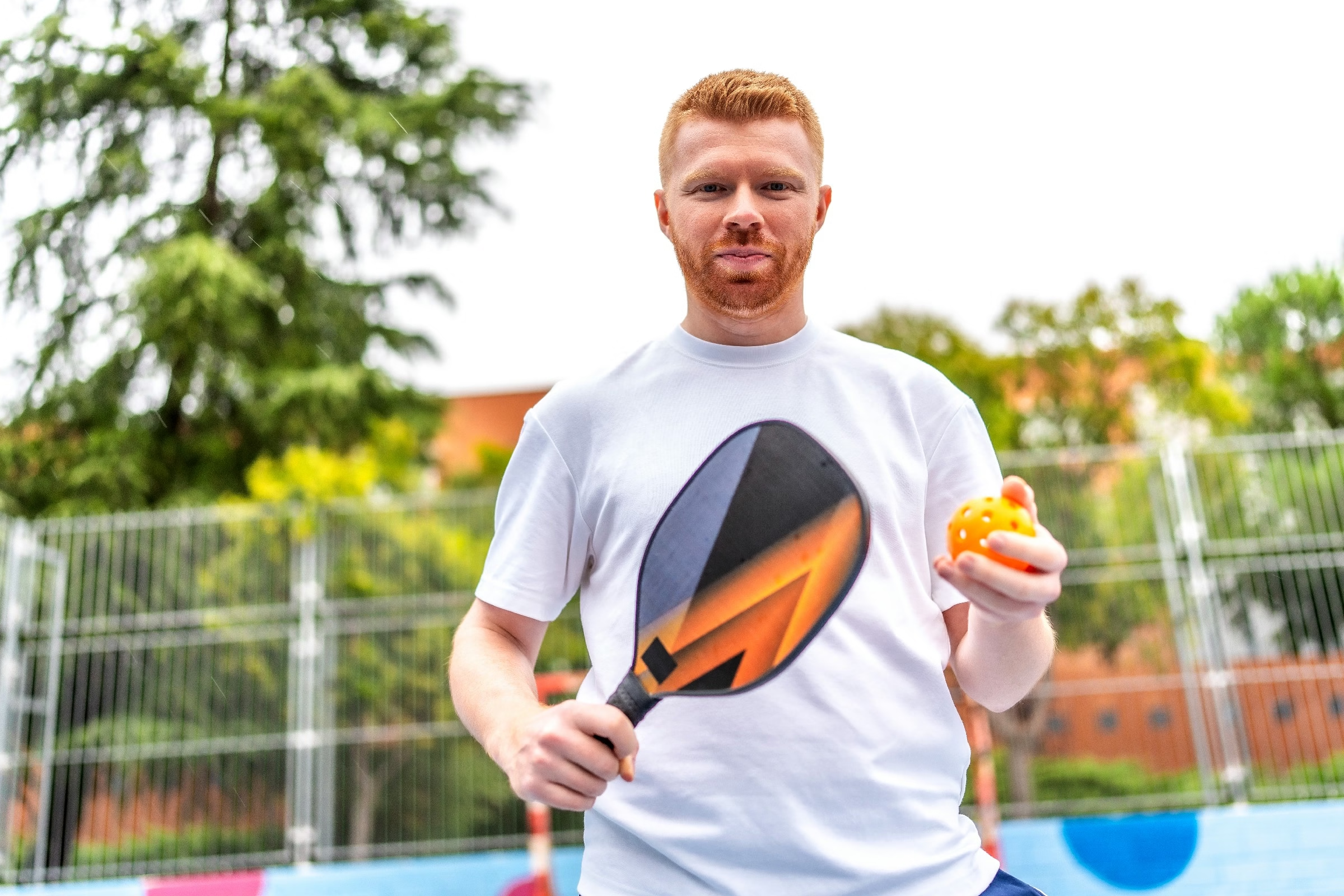
As the sun shines on a bustling outdoor court, the familiar sound of paddles meeting wiffle balls fills the air, marking the growing popularity of pickleball as a favorite pastime for players of all ages. While the excitement of fast-paced rallies and strategic plays takes centre stage, one fundamental aspect often remains overlooked: the dimensions of the pickleball court itself. How much space does this dynamic game occupy? In this article, we’ll delve into the specifics, exploring the standard measurements and layout of a pickleball court, so you can understand just how many square feet are dedicated to this engaging sport. Whether you’re contemplating building your own court or simply curious about the sport’s framework, join us as we break down the dimensions that define this electrifying game.
Table of Contents
- Understanding the Dimensions of a Pickleball Court
- Comparing Pickleball Court sizes to Other sports
- Exploring the Ideal Surface Area for Optimal Play
- Factors Influencing the Layout of a Pickleball Court
- essential Considerations for Court Construction and Maintenance
- Tips for Creating a Multi-Purpose Space with a pickleball Court
- Q&A
- To Conclude
Understanding the Dimensions of a Pickleball Court
To grasp the size of a pickleball court, it’s essential to recognize its specific dimensions, which are akin to a smaller tennis court. The standard court measures 20 feet wide and 44 feet long for doubles matches, accommodating both players and their maneuverability. For singles competition, the width remains the same, but the court length is slightly shortened, measuring 20 feet by 22 feet. This compact setup lends itself to fast-paced and dynamic gameplay.
Moreover, the dimensions extend beyond the lines of play. The non-volley zone, often referred to as the “kitchen,” is a critical feature, stretching 7 feet from the net on both sides. Players are prohibited from volleying within this zone, adding a layer of strategy to the game. The area behind the baseline must also be considered, as players prefer having ample space to serve and return shots effectively.
| Area | Dimensions |
|---|---|
| Court Length (doubles) | 44 feet |
| Court Width | 20 feet |
| Non-Volley Zone Depth | 7 feet |
| Court Length (Singles) | 22 feet |
In terms of overall area, a regulation pickleball court encompasses 880 square feet for doubles play, translating to a compact yet efficient space for thrilling matches. Understanding these dimensions allows players to better appreciate the strategies involved in the game and the significance of spatial awareness during matches. Each measurement plays a vital role in the aesthetics and functional layout of court design, welcoming players to enjoy the vibrant sport of pickleball.
Comparing Pickleball Court Sizes to Other Sports
When evaluating the dimensions of a pickleball court, it’s captivating to compare it to the sizes of courts and fields used in other popular sports. A standard pickleball court measures 20 feet by 44 feet, which translates to approximately 880 square feet. This compact size makes it accessible for a variety of settings, from community centers to backyards. In contrast, a tennis court, which serves a similar demographic, typically measures around 36 feet by 78 feet—about 2,808 square feet—offering a much larger playing area. This difference not only highlights the growing popularity of pickleball as a space-efficient sport but also makes it a more feasible option for urban environments.
To visualize the distinctions better, consider how a pickleball court compares to a basketball court. A standard basketball court spans 50 feet by 94 feet or nearly 4,700 square feet, substantially larger than both the pickleball and tennis courts. This larger area accommodates the fast-paced nature of basketball, requiring ample space for players to maneuver. The differences in court size between these two sports emphasize the unique appeal of pickleball, where players can enjoy the competitive spirit of the game without needing extensive outdoor facilities.
| Sport | Court/Field Size (feet) | Area (square feet) |
|---|---|---|
| Pickleball | 20 x 44 | 880 |
| Tennis | 36 x 78 | 2,808 |
| Basketball | 50 x 94 | 4,700 |
Furthermore, these size differences impact gameplay styles and strategies. Pickleball, being played in a more confined space, requires rapid reflexes and strategic positioning, whereas tennis and basketball involve larger movements and more expansive strategies. As such, players transitioning from one sport to another find the shift in spatial dynamics both a challenge and an exciting opportunity to develop new skills, unlocking the unique charm each sport holds while highlighting the specific advantages of a condensed format in pickleball.
Exploring the ideal Surface Area for Optimal Play
When discussing the essence of pickleball, the physical dimensions of the court play a significant role in shaping the game. A standard pickleball court is designed with specific surface area requirements that optimize playability and ensure an engaging gaming experience. The size of a regulation court measures 20 feet wide and 44 feet long for doubles, translating to an area of 880 square feet. This setup establishes a unique balance between space and strategy,allowing players the freedom to maneuver while also testing their tactical skills.
aside from the court dimensions, the type of surface material significantly affects gameplay. Players may find varying levels of traction and ball bounce depending on the surface thay play on, which generally falls into categories such as:
- Acrylic – Provides a smooth surface conducive to fast play.
- Asphalt – Durable and cost-effective but may require more maintenance.
- Clay – Offers a softer landing but can be challenging in terms of maintenance.
To maximize player performance, the surrounding space also influences the court’s ideal setup. A minimum clearance of 5 to 10 feet around the court is recommended to avoid collisions and provide players with room for movement. an ideal court layout also considers spectator areas, allowing for an engaging viewing experience. Below is a simple depiction of the recommended dimensions:
| Area | Dimensions | Recommended Clearance |
|---|---|---|
| Pickleball Court | 20′ x 44′ | 5′ – 10′ |
| Ideal Total Area | Minimum 30′ x 54′ | – |
This overall spatial configuration ensures players can fully immerse themselves in the game while maintaining safety and enjoyment, highlighting the importance of a perfectly designed playing area that aligns with pickleball’s frenetic energy and strategic depth.
Factors Influencing the Layout of a Pickleball Court
The design and layout of a pickleball court are influenced by several considerations,each playing a vital role in optimizing player experience and performance. One of the primary factors is the available space. Unlike traditional tennis courts, which are larger, pickleball courts require less square footage, making them adaptable to various environments. The standard dimensions for a pickleball court are 20 feet wide by 44 feet long, which can easily fit into existing recreational areas, gyms, or even parking lots.
Another significant aspect is the surface material of the court. The type of flooring impacts player comfort, play speed, and safety. Most courts utilize materials like asphalt, concrete, or specialized sports flooring, each offering different traction and ball bounce characteristics. For optimal play, a court should have a smooth surface that isn’t too slippery, thus reducing the risk of injury. Additional features such as net height and surrounding out-of-bounds areas also determine how the court is utilized and enjoyed.
Lastly, environmental factors must be accounted for when designing a pickleball court. Elements such as sunlight, wind direction, and hydration effect how players perform during matches. Strategically positioning the court in relation to these environmental variables can dramatically enhance the playing experience. Many facilities opt for shaded areas or windbreaks to ensure that players remain comfortable throughout their games. Emphasizing these considerations leads to a well-planned layout that maximizes gameplay enjoyment.
Essential Considerations for Court Construction and maintenance
When embarking on the journey of constructing and maintaining a pickleball court, there are several essential considerations to keep in mind. The first step is to determine the appropriate dimensions for the court, which should measure 20 feet wide and 44 feet long for doubles play. If you’re aiming for a singles court, the dimensions remain the same, but the strategic layout and surrounding space may vary to accommodate players effectively. Proper dimensions not only enhance gameplay but also ensure adherence to official regulations.
Another important aspect is the choice of surface material. Popular options include concrete, asphalt, or specialized pickleball court surfaces. Each material has its own set of benefits; for instance, concrete offers durability, while specialized surfaces can provide enhanced grip and shock absorption. Regular maintenance practices, including surface cleaning and repairs of cracks or holes, are critical to prolonging the lifespan of the court and ensuring player safety.
Lastly, it is vital to consider the surrounding environment when planning your pickleball court. Factors such as drainage, lighting, and fencing play significant roles in the court’s usability. Such as, adequate drainage systems help prevent water accumulation, while proper lighting ensures nighttime playability without shadows obstructing visibility. Integrating these elements can contribute to a comprehensive design that accommodates both casual and competitive play.
Tips for Creating a Multi-Purpose Space with a Pickleball Court
Transforming a space into a multi-purpose area that accommodates a pickleball court can enhance functionality while maximizing usability. One effective approach is to integrate versatile furniture and storage solutions that allow the area to easily shift from sport to leisure. Consider using foldable seating that can be stored away when not in use or movable partitions to create distinct areas based on the current activity. This flexibility will enable you to switch from hosting competitive matches to casual gatherings without extensive setup changes.
Another essential tip is to invest in a durable, multipurpose flooring material that is suitable for both athletic and social activities. Options like rubber flooring or interlocking mats can provide excellent traction for the pickleball games while remaining comfortable underfoot for other activities. To further enhance the versatility of the space, choose a color palette that complements different uses; neutral tones can be complemented with vibrant decor elements to brighten up the area when it’s not in use for sports, making it inviting for guests.
| Considerations | Ideas for Multi-Purpose Use |
|---|---|
| Flooring | Rubber tiles, interlocking mats |
| Furniture | Foldable tables, stackable chairs |
| Decor | Removable wall art, flexible lighting |
| Storage | Built-in cabinets, mobile carts |
Lastly, consider the lighting of your multi-purpose space. Natural light can create an inviting atmosphere, but you should also incorporate adjustable LED fixtures that allow you to control brightness based on the activity. Such as, soft lighting might be perfect for social events, while brighter, focused lights can enhance visibility during pickleball games.Moreover, strategically placing lighting around the court area can highlight boundaries and any features that further promote a seamless transition between activities.
Q&A
Q&A: Understanding the Size of a Pickleball Court
Q: How many square feet is a standard pickleball court?
A: A standard pickleball court measures 20 feet wide and 44 feet long for doubles play, which totals 880 square feet. For singles play, the same length applies, but the width narrows to 20 feet.
Q: How does the size of a pickleball court compare to other sports courts?
A: To put it into perspective,a pickleball court is about half the size of a tennis court,which measures 36 feet wide and 78 feet long for doubles play,culminating in a sprawling 2,808 square feet.In contrast, a badminton court is smaller, measuring 20 feet by 44 feet, which matches the dimensions of a pickleball court.
Q: Is the size of a pickleball court the same for recreational and competition play?
A: Yes, the dimensions remain consistent whether for casual games or official tournaments. This standardization helps players of all levels enjoy the sport with familiar court geometry.
Q: What about the surrounding areas of a pickleball court?
A: While the court itself is 880 square feet,it’s advisable to have additional space around the court for safe movement and play. Most recommendations suggest at least 3 to 5 feet of clearance around the edges, which can significantly increase the overall area needed for a complete setup.
Q: Can you provide a visual reference for understanding the dimensions?
A: Certainly! Picture this: the court is the size of a modest living room. Add in the necessary buffer zone around it, and the whole area resembles a cozy backyard playground for exciting volleys and quick feet.
Q: Why do the dimensions matter so much in pickleball?
A: The specific dimensions not only define the play area, ensuring fair play, but they also influence the game dynamics. The smaller court promotes swift action, making it accessible for players of different ages and skill levels, which is part of what makes pickleball so appealing.
Q: Are there variations in court size based on where it’s played?
A: While the official dimensions are universally recognized, you might encounter smaller variations in recreational settings or backyard setups. However, for standard play and competition, sticking to the official measurements keeps the game uniform and enjoyable.
Q: Any tips for someone looking to set up a pickleball court?
A: If you’re planning to create your own pickleball court, ensure you have a flat surface, appropriate net height (34 inches at the center), and sufficient space around the court for players to maneuver. It’s also helpful to check local guidelines or join community efforts to access shared facilities!
Q: Where can I find more information about pickleball and its courts?
A: For comprehensive details,you can explore resources from the USA Pickleball Association,which offers regulations,dimensions,and further insights into this engaging sport. So whether you’re a rookie or a seasoned player, they’re a fantastic starting point!
To Conclude
understanding the dimensions of a pickleball court, which measures 20 feet wide by 44 feet long, helps players and enthusiasts appreciate the careful design that underpins this fast-paced sport. The total area of approximately 880 square feet may seem modest compared to other sports courts, yet it offers ample space for agility, strategy, and fun.Whether you’re considering building your own court or simply curious about the game, knowing the specifications can enhance your appreciation and proficiency. So grab your paddles,gather some friends,and step onto the court—whether in your backyard or a local gym—and experience firsthand the joy of pickleball in that beautifully defined space. happy playing!


